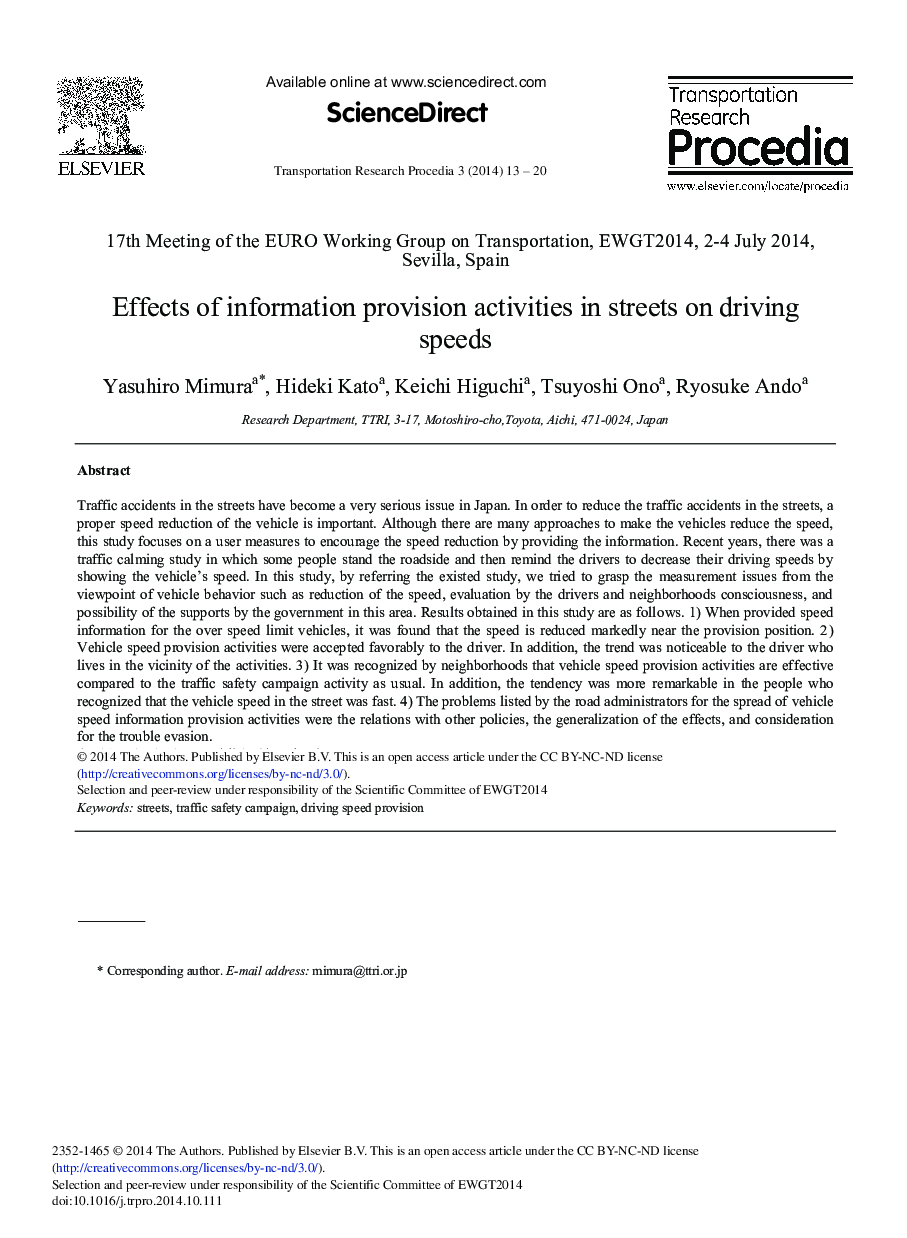| کد مقاله | کد نشریه | سال انتشار | مقاله انگلیسی | نسخه تمام متن |
|---|---|---|---|---|
| 4404282 | 1307152 | 2015 | 8 صفحه PDF | دانلود رایگان |
عنوان انگلیسی مقاله ISI
Biological Soil Crust Response to Late Season Prescribed Fire in a Great Basin Juniper Woodland
ترجمه فارسی عنوان
واکنش خزه ای بیولوژیکی به فصل آتش سوزی در یک جنگل بزرگ حوضه جنگل بزرگ
دانلود مقاله + سفارش ترجمه
دانلود مقاله ISI انگلیسی
رایگان برای ایرانیان
کلمات کلیدی
سیانوباکتریوم جلبک سبز، لیشمان قارچ ها، تثبیت نیتروژن، سوزش مجدد
ترجمه چکیده
گسترش یخبندان در مراتع ایالات متحده یک نگرانی مهم زیست محیطی است. اغلب توصیه می شود برای آتش سوزی یخبندان استفاده شود. به این ترتیب، یک سوختگی تجویز شده در یک جنگل حوضچه ی حوضچه بزرگ انجام شد. شرایط غیرپتیمال بود آتش سوزی به مراحل میانی یا دیر رسیدی نفوذ نکرد و در مراحل اولیه زخم بود. در این تحقیق اثرات سوختگی بر روی خاک های خاک زیستی خاک های زودرس مرغوب بررسی شده است. آتش خس خس خس خس خس خس خس خس خس خس خس خساره و در فضاهای درختچه ای کاهش یافت. جنگل ها در زیر جنگل ها نادر بود؛ پوشش آنها در آن جا تأثیری نداشت. درختچه ها در زیر صنوبر و ساجبوش معمول نبودند و به همین دلیل به طور قابل توجهی تحت تاثیر قرار نمی گرفتند. پوشش آنها در فضاهای درختچه بزرگتر بود اما چون آتش سوزی پهن و شدید بود، اثرات سوزش حداقل بود. در مقایسه با توده های نابالغ، زیست توده سیانوباکتریایی تحت کاج و سیرابش کاهش یافت؛ در فضاهای بین دو قطعه سوزانده و نابود شده، احتمالا در واکنش به شرایط سخت تر شرایط محیط پس زدن کاهش می یابد. در طول زمان، میزان تثبیت نیتروژن در تکه های پنبه ای و میان فضایی کاهش می یابد، اما نه در توطئه های خاکستری. اگر چه آتش سوزی منفی بر برخی ارگانیسم های پوسته بیولوژیکی خاک تاثیر گذاشت در برخی مناطق از جنگل های کاکاک زودرس اولیه، تاثیر کلی بر کرم ها کمتر بود. اگر اهداف سوزاندن برای کاهش جنگل ها باشد، سوزاندن جنگل های پیشانی سدرال کاج مناسب است زیرا بیشتر درختان کشته شده اند. همچنین با استفاده از کمینه شدت و آتش سوزی های فصل خنثی، بدون در نظر گرفتن جزء پوسته، می توان کنترل سگ برش را نیز انجام داد. با توجه به احتمال وقوع بیشتر تداخل در فضاهای درختچه ای که حاوی اکثر ارگانیسم های پوسته بیولوژیکی خاک است باید از آتش شدید جلوگیری شود. برای جلوگیری از تداخل جنگلها در مراتع، سوزاندن زیتون زودرس مرغوب ممکن است ترجیح داده شود.
موضوعات مرتبط
علوم زیستی و بیوفناوری
علوم کشاورزی و بیولوژیک
علوم کشاورزی و بیولوژیک (عمومی)
چکیده انگلیسی
Expansion of juniper on U.S. rangelands is a significant environmental concern. Prescribed fire is often recommended to control juniper. To that end, a prescribed burn was conducted in a Great Basin juniper woodland. Conditions were suboptimal; fire did not encroach into mid- or late-seral stages and was patchy in the early-seral stage. This study evaluated the effects of the burn on biological soil crusts of early-seral juniper. Fire reduced moss cover under sagebrush and in shrub interspaces. Mosses were rare under juniper; their cover was unaffected there. Lichens were uncommon under juniper and sagebrush and therefore not significantly impacted there. Their cover was greater in shrub interspaces, but because the fire was spotty and of low intensity, the effects of burning were minimal. Compared with unburned plots, the biomass of cyanobacteria was diminished under juniper and sagebrush; it was reduced in the interspaces in both burned and unburned plots, presumably in response to generally harsher conditions in the postburn environment. Nitrogen fixation rates declined over time in juniper plots and interspaces but not in sagebrush plots. Although fire negatively affected some biological soil crust organisms in some parts of the early-seral juniper woodland, the overall impact on the crusts was minimal. If the intent of burning is to reduce juniper, burning of early-seral juniper woodland is appropriate, as most affected trees were killed. Control of sagebrush can likewise be accomplished by low-intensity, cool season fires without eliminating the crust component. Intense fire should be avoided due to the potential for greater encroachment into the shrub interspaces, which contain the majority of biological soil crust organisms. Burning early-seral juniper may be preferred for controlling juniper encroachment on rangeland.
ناشر
Database: Elsevier - ScienceDirect (ساینس دایرکت)
Journal: Rangeland Ecology & Management - Volume 68, Issue 3, May 2015, Pages 241-247
Journal: Rangeland Ecology & Management - Volume 68, Issue 3, May 2015, Pages 241-247
نویسندگان
Steven D. Warren, Larry L. St.Clair, Jeffrey R. Johansen, Paul Kugrens, L. Scott Baggett, Benjamin J. Bird,
